Academy 1/144 Tuploev Tu-22M3 Backfire C # 12636
Reboxed Minicraft kit with new decals.
Choice of 2 markings:
(1) Tu-22M3 'Red 12', Russia 2010;
(2) T-22M3 'Red 44', Ukraine Air Force ca.1994.
The Tupolev Tu-22M3, NATO reporting name "Backfire C", is a long-range supersonic bomber developed by the Soviet Union.
An advanced iteration within the Tu-22M series, the Tu-22M3 was introduced in the late 1970s, featuring significant upgrades over its predecessors, including improved aerodynamics, avionics, and weaponry.
It remains a critical asset in the Russian Aerospace Forces (VKS), serving both strategic and tactical roles.
Key Features of the Tu-22M3:
Supersonic Performance: The Tu-22M3 is designed for high-speed missions, capable of reaching speeds over Mach 2. Its variable-geometry wings allow for optimal aerodynamic efficiency across different flight regimes, enhancing speed, range, and maneuverability. This capability enables rapid penetration of enemy airspace and effective evasion of interceptors and defenses.
Enhanced Armament: The bomber can carry a diverse payload, including conventional and nuclear munitions. It is equipped with a rotary launcher for Kh-22 (AS-4 'Kitchen') anti-ship missiles and can also deploy a variety of cruise missiles, precision-guided munitions, and free-fall bombs. The versatility in armament enables the Tu-22M3 to strike a wide range of targets, from naval vessels to strategic ground targets.
Upgraded Avionics and Systems: The Tu-22M3 features modernized avionics, including advanced radar and navigation systems that enhance targeting accuracy and mission reliability. These upgrades support complex mission profiles, including low-level penetration and electronic countermeasures, improving the aircraft's effectiveness in contested environments.
Extended Range: The bomber has an impressive operational range, allowing it to conduct long-distance missions without the need for in-flight refueling. This range is bolstered by its efficient NK-25 turbofan engines, which provide a balance of speed and fuel economy. The Tu-22M3's range and endurance make it suitable for strategic strikes and extended patrols.
Strategic and Tactical Roles: The Tu-22M3 serves in various capacities, including maritime strike missions, strategic bombing, and theater-level conventional attacks. Its versatility makes it a valuable asset in both deterrence and active combat operations, capable of adapting to evolving military strategies and threat landscapes.
Key Specifications:
Role: Long-Range Supersonic Bomber
Manufacturer: Tupolev
First Flight (Tu-22M3): June 20, 1977
Crew: 4 (Pilot, Co-Pilot, Navigator, Radar Operator)
Length: 42.46 meters (139 ft 4 in)
Wingspan: Variable; 23.30 meters (76 ft 6 in) swept back, 34.28 meters (112 ft 6 in) fully extended
Height: 11.05 meters (36 ft 3 in)
Max Takeoff Weight: 124,000 kg (273,373 lbs)
Powerplant: 2 × Kuznetsov NK-25 turbofan engines
Max Speed: Mach 2.05 (2,300 km/h, 1,430 mph) at altitude
Range: 7,000 km (4,350 miles) without refueling
Service Ceiling: 13,300 meters (43,600 ft)
Armament:1 × 23 mm GSh-23 tail gun
Up to 24,000 kg (52,910 lbs) of missiles, bombs, and other ordnance
Typical loadout includes Kh-22 or Kh-15 missiles, conventional and nuclear bombs
The Tu-22M3 Backfire C continues to be a formidable platform in the Russian military's strategic and tactical arsenals, offering a blend of speed, payload, and range that ensures its relevance in modern and future combat scenarios.
Its adaptability and sustained upgrades make it a crucial component of Russia’s long-range strike capabilities.
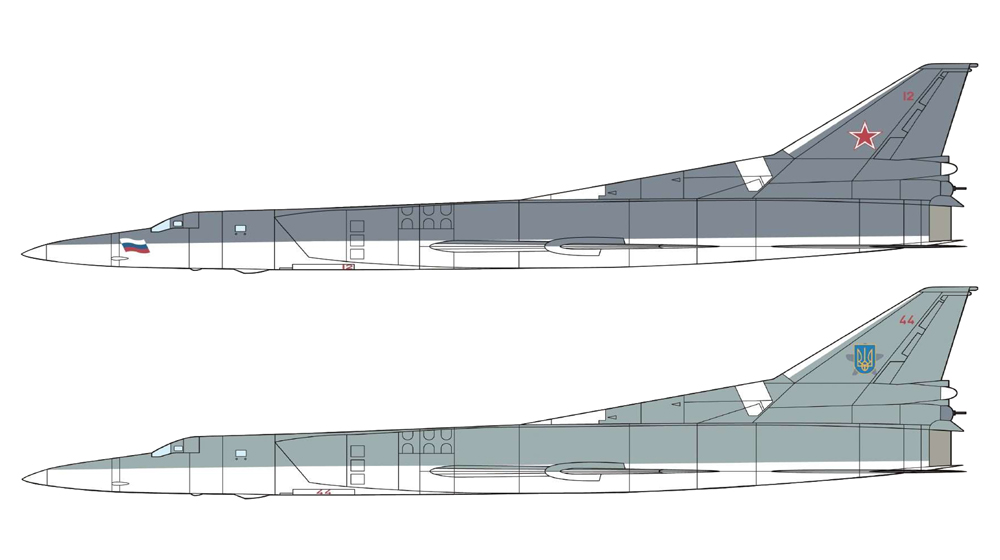


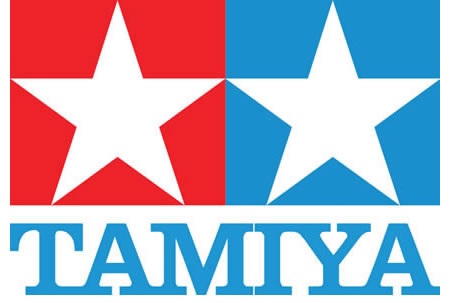



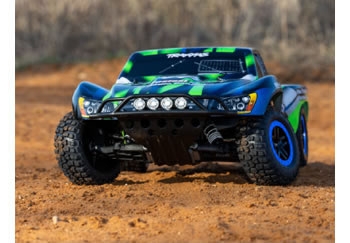
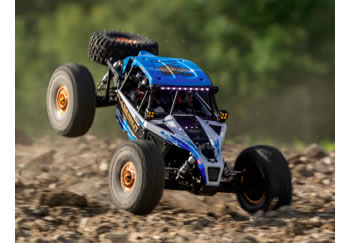
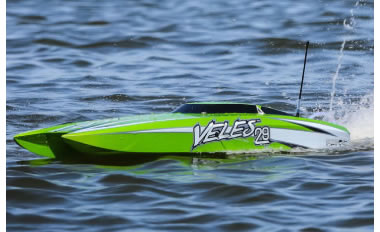
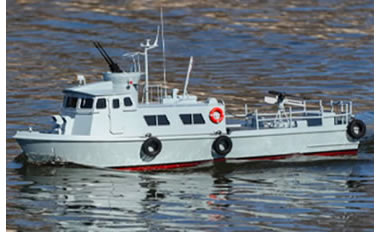
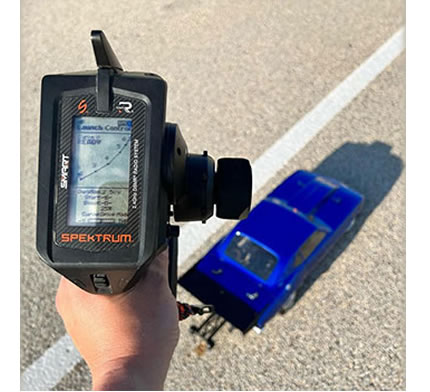
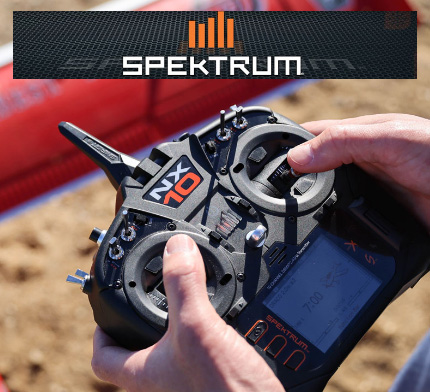
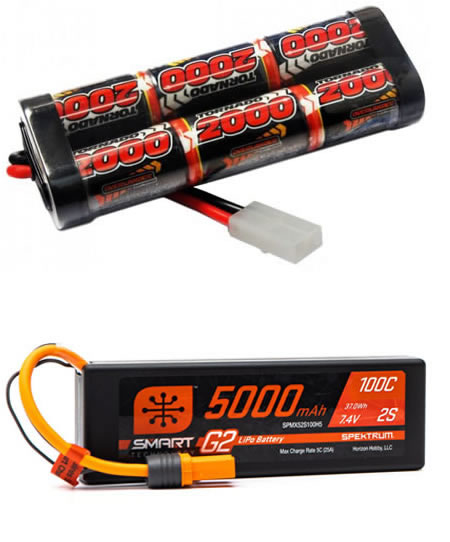





 Spread the cost with Paypal Credit
Spread the cost with Paypal Credit
 Spread the cost with Klarna
Spread the cost with Klarna










